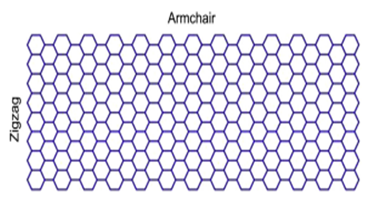THE CHEMISTRY OF 2D MATERIALS FROM GRAPHENE TO BEYOND
DOI:
https://doi.org/10.71146/kjmr234Keywords:
2D Materials, Transition Metal Dichalcogenides (TMDs), Graphene, Nanotechnology ApplicationsAbstract
The advent of two-dimensional (2D) materials has revolutionized materials science, offering a new frontier for research and applications across diverse fields. This review explores the chemistry of 2D materials, beginning with graphene, the pioneering 2D material renowned for its exceptional electrical, mechanical, and thermal properties. The unique atomic-scale thickness of these materials imparts extraordinary characteristics, making them integral to advancements in nanotechnology, energy storage, electronics, and catalysis. Beyond graphene, other 2D materials, including transition metal dichalcogenides (TMDs), hexagonal boron nitride (h-BN), and MXenes, have garnered attention due to their tunable band gaps, chemical versatility, and diverse functionalities. The synthesis strategies, such as chemical vapor deposition, exfoliation, and bottom-up approaches, are pivotal in tailoring the properties of these materials for specific applications. Additionally, surface functionalization and chemical modifications are discussed as tools to enhance the reactivity, stability, and compatibility of 2D materials in hybrid systems. The review also highlights the challenges in scalability, reproducibility, and environmental concerns associated with 2D material production. Emerging trends, such as heterostructures and 2D polymers, are presented as promising directions for expanding the application scope. This comprehensive exploration underscores the transformative potential of 2D materials in addressing global challenges, including sustainable energy, environmental remediation, and advanced electronics, while identifying key areas for future research. The ongoing evolution of 2D materials chemistry holds the promise of bridging fundamental science and technological innovation, driving breakthroughs that redefine material capabilities.
Downloads

Downloads
Published
Issue
Section
License
Copyright (c) 2025 Ali Haider, Muhammad Farooq Rasheed, Amna Abrar, Aisha Mumtaz, Aneesa Zeb, Maneeb Ur Rehman, Ghulam Mujtaba Noor, Shahid Ashraf (Author)

This work is licensed under a Creative Commons Attribution 4.0 International License.






